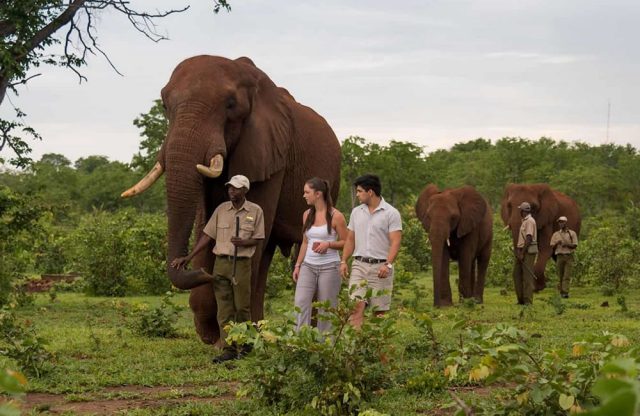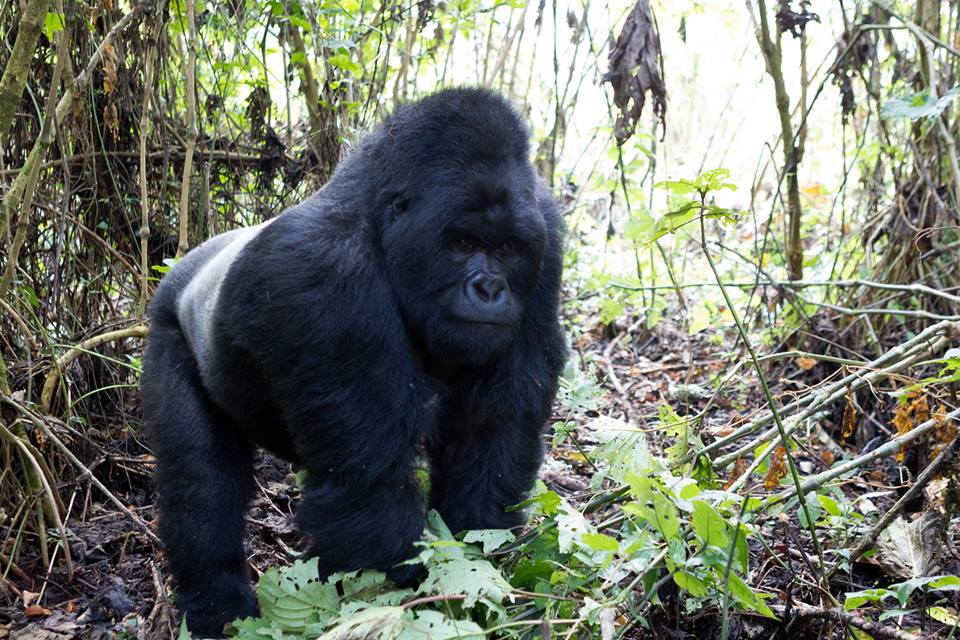Encountering wildlife while driving through rural areas can be both exhilarating and potentially hazardous. Whether you’re in an area known for elephants, baboons, or any other wildlife, it’s essential to approach these encounters with caution and respect for the animals and their habitat. In this guide, we’ll explore strategies for safely navigating wildlife safari encounters with local animals, focusing on elephants and baboons as examples.
Understanding Wildlife Behavior
Before delving into specific strategies, it’s crucial to understand the behavior of the wildlife you might encounter. Both elephants and baboons are intelligent animals with complex social structures, and their behavior can vary depending on various factors such as time of day, season, and habitat.
Elephants: These magnificent creatures are known for their intelligence, social bonds, and sometimes unpredictable behavior. They are most active during the early morning and late afternoon, with midday often spent resting in shade. During the dry season, elephants may migrate in search of water and food, increasing the likelihood of encounters on roads near water sources.
Baboons: Baboons are highly adaptable primates found in various habitats, from savannas to forests. They are social animals, living in troops led by dominant males. Baboons are opportunistic feeders and may approach roadsides in search of food scraps or easy access to resources.
SAFE DRIVING PRACTICES
Observe Speed Limits: Stick to the recommended speed limits, especially in areas known for wildlife. Reduced speed increases your reaction time and allows you to spot animals from a distance.
Stay Alert: Remain vigilant and attentive while driving, especially in wildlife-rich areas. Scan the road and surrounding areas for any signs of movement or animals crossing.
Use Headlights Wisely: In low-light conditions or at night, use your headlights responsibly. Dim your headlights when approaching animals to avoid startling them, but ensure they are still visible to other road users.
Maintain Safe Distances: Keep a safe distance from wildlife, especially large animals like elephants. If you encounter animals on the road, maintain a respectful distance and avoid getting too close.
Avoid Sudden Movements: Sudden movements or loud noises can startle wildlife, potentially triggering defensive or aggressive behavior. Drive smoothly and avoid honking unless necessary.
Be Patient: If animals are blocking the road, be patient and allow them to move at their own pace. Avoid attempts to intimidate or rush them, as this can lead to dangerous situations.
SPECIFIC STRATEGIES FOR ELEPHANT ENCOUNTERS
Encounters with elephants require extra caution due to their size, strength, and sometimes unpredictable behavior. Here are some additional tips for safely navigating encounters with elephants:
Keep Your Distance: Elephants, especially mothers with calves, can be protective and may perceive vehicles as threats. Maintain a safe distance and avoid getting between elephants and their young.
Observe Body Language: Pay attention to the body language of elephants. Raised ears, trumpeting, or aggressive postures indicate agitation or stress. If you notice these signs, back away slowly and give the elephants space.
Turn Off Engine: If you encounter elephants on the road and they seem calm, consider turning off your engine. This reduces noise and may help alleviate any anxiety or tension.
Avoid Flash Photography: If you want to take photos, avoid using flash photography, as it can startle elephants and potentially provoke defensive reactions.
Plan Your Route: Before embarking on your journey, research elephant activity in the area and plan your route accordingly. Avoid known elephant corridors or areas of high elephant density if possible.
SPECIFIC STRATEGIES FOR BABOON ENCOUNTERS
While baboons are generally less imposing than elephants, they can still pose risks, especially in large groups or when habituated to human presence. Here are some tips for handling encounters with baboons:
Secure Food and Waste: Baboons are opportunistic feeders and may approach vehicles in search of food. Keep all food items securely stored and dispose of waste properly to avoid attracting baboons to your vehicle.
Don’t Feed Baboons: Feeding baboons not only encourages dependency on human food but also increases the likelihood of aggressive behavior. Never offer food to baboons or other wildlife.
Secure Vehicle: Ensure your vehicle is securely closed to prevent baboons from entering. Keep windows rolled up and doors locked, especially when parked in areas frequented by baboons.
Stay Calm and Assertive: If baboons approach your vehicle, remain calm and assertive. Avoid making direct eye contact or sudden movements, but assert your presence by speaking firmly if necessary.
Use Deterrents: In extreme cases where baboons become aggressive or persistent, consider using non-lethal deterrents such as loud noises or water sprays to discourage them from approaching.
Conclusion
Encounters with wildlife while driving through rural areas can be memorable experiences, but they also require caution, respect, and an understanding of animal behavior. By following safe driving practices, staying alert, and implementing specific strategies for encountering elephants and baboons, you can enjoy these encounters while minimizing risks to yourself, other road users, and the wildlife itself. Remember, the safety and well-being of both humans and animals should always be the top priority.






